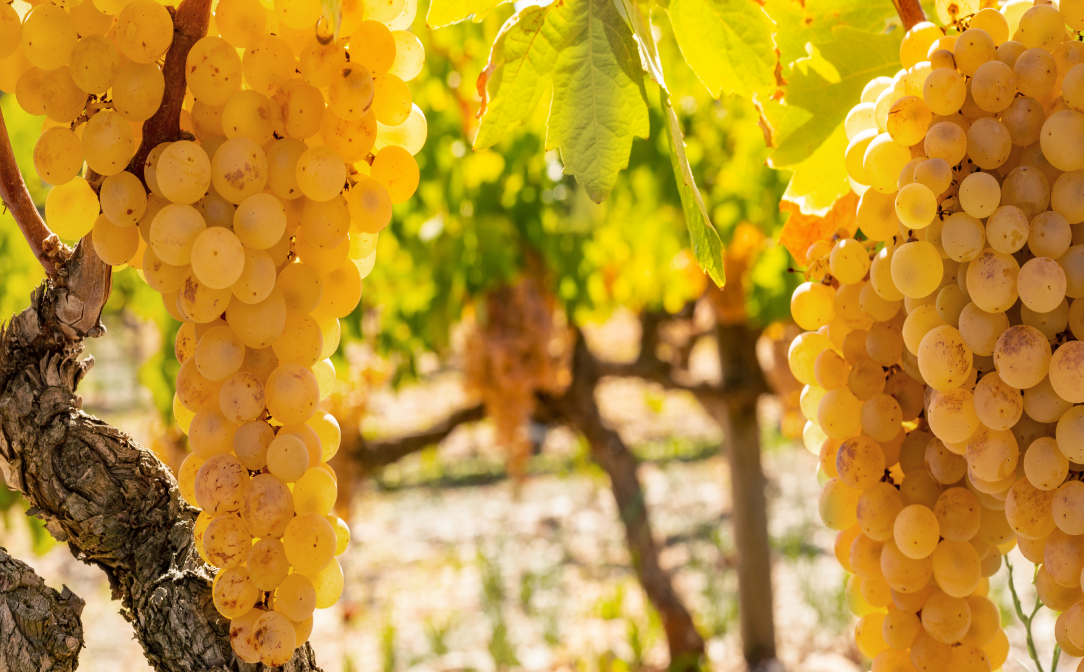It’s time to celebrate Cava! While many of us are familiar with arguably the most famous sparkling wine, Champagne, its Spanish counterpart, Cava, also deserves to be in the spotlight.
We’re uncorking five key facts about Cava that we hope will teach you something new about this sparkling wine.
1. Cava is made in the traditional method
Sparkling wines made in the traditional method undergo a second fermentation in the bottle. In short, sugar and yeast are added to a base wine, which is bottled and sealed with a crown cap. The base wine typically has light flavours of apple and lemon. The second fermentation takes place inside the sealed bottle, and CO2 dissolves within the wine, creating bubbles. This technique also adds flavour to the wines. After secondary fermentation, most Cava is aged on its lees for a shorter amount of time than Champagne.
Click here for a more thorough look at traditional method sparkling wines.
2. The vast majority of Cava comes from the Catalunya region of Spain
Cava is an unusual DO (Denominación de Origen) as it covers a number of different, non-contiguous, geographic areas across Spain. However, the vast majority of Cava comes from the Catalan vineyards centred on the town of Sant Sadurní d’Anoia. Catalunya’s warm climate means that the grapes may need to be harvested early to retain high acidity. Other notable areas where there are vineyards permitted to make Cava include Navarra, Rioja and Valencia.
3. Cava is crafted primarily from traditional Spanish grape varieties
Macabeo (Viura):
Adds citrus and floral notes.
Xarel·lo:
Known for its robust flavour and high acidity.
Parellada:
Contributes light, crisp flavours.
Garnacha and Monastrell:
Used for rosés, offering rich berry flavours.
Additionally, Chardonnay and Pinot Noir are permitted, bringing extra fruit flavours and acidity to the mix.
Catch up on our Bitesize webinar episode What is Xarel•lo?

A close-up of some Xarel·lo grapes
4. Most Cava that is made from the traditional varieties is dry with medium acidity
Compared to Champagne, Cava has lower acidity and often features flavours from yeast autolysis—a process where yeast cells break down, adding subtle notes that can vary from doughy to nutty. The lower acidity gives Cava an approachable, easy-drinking style. The more recently permitted Chardonnay and Pinot Noir can add an extra level of both fruit flavours and acidity to the wines.
5. Cava production is dominated by a small number of large brands
While a few large brands dominate Cava production, creating high volumes of non-vintage wines, there are also many smaller producers crafting excellent quality Cavas. Such top Cavas often age on the lees (dead yeast cells) for extended periods, such as the Cava de Paraje Calificado, which requires a minimum of 36 months of ageing. This process imparts richness and complexity to the wine.
Want to dive deeper into the world of Cava? Watch this insightful webinar from WSET School London featuring DO Cava experts Lauren Denyer and Dr Jamie Goode. You'll gain a thorough understanding of what makes Cava so special.


